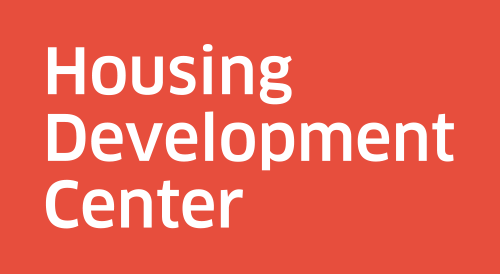The Triple-Bottom-Line Impacts of Choosing Modular, Part 2: Development Process
Geared to the needs of nonprofit owners and developers of affordable multifamily housing, this is the second in a series of posts addressing the financial, social, and environmental impacts of making the shift from onsite to off-site construction.
How will using modular construction impact my project’s overall development process, timeline, and budget?
Modular construction will impact your project’s development process, timeline, and budget in profound ways. For most developers, these impacts will have far more influence on decisions about whether to use modular construction than the hard-cost considerations discussed in my previous post.
If you are a housing developers or owner, you can expect to encounter a steep learning curve the first time you undertake a modular construction project. Slogging up that hill, and bringing lenders, design and construction team members, and other interested parties along with you, will add time, cost, and probably some frustration to the development process. Regardless of your experience level, your development team will also have to jump through some hoops specific to the modular development process, such as securing permits from multiple jurisdictions. Moreover, your team will need to make final decisions about project details far earlier than onsite development teams do, with limited or no time for course correction.
But the payoff for the extra effort will be a dramatically shorter construction period. Construction will go faster, in part, because modular plants operate year-round, regardless of adverse weather conditions at the building site. Even more important, site work and building construction will happen at the same time, rather than in a linear sequence. This synchronization of otherwise sequential phases can turn a ten-month construction period into a six-month construction period—a difference that vastly reduces holding costs and speeds delivery of housing to residents.
In sum: Using modular construction will add costs and heartburn to the development process, especially for newcomers. But for most projects, those negative impacts will be more than offset by the human and financial upsides of quicker delivery of housing.
Up next: How does the quality of modular buildings compare to that of conventionally built structures?

